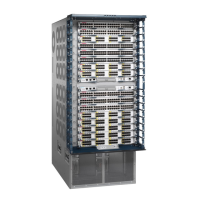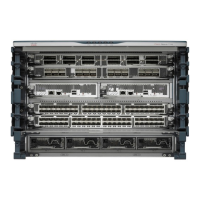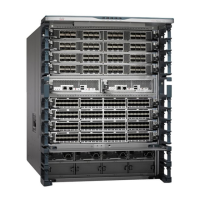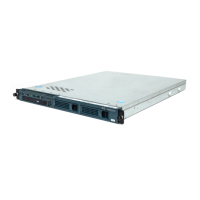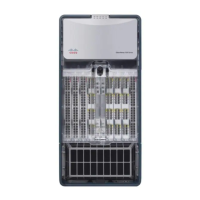Preparing for Installation 2-73
Site Requirements
Ethernet Connections
The maximum distances for Ethernet network segments and connections depend on the type of
transmission cable used: 0.4-inch diameter coaxial (10Base5), 0.25-inch diameter coax (10Base2),
or unshielded twisted-pair (10Base-T). The term 10Base-N is an abbreviation for 10 Mbps
transmission, Baseband medium, and N is the maximum cable length in hundreds of meters.
Network connections to the coaxial cables are tapped into a network segment and must be spaced at
specific intervals. Table 2-1 lists the maximum number of connections (taps) per segment and the
intervals at which they must be placed. A maximum of four repeaters can be used to link segments
in a single network.
Table 2-1 Ethernet Coaxial Connection Limits for 10-Mbps Transmission
The unshielded twisted-pair (UTP) cabling used with 10Base-T is suitable for voice transmission,
but may incur problems at 10-Mbps transmission rates. UTP wiring does not require the fixed
spacing between connections that is necessary with the coax-type connections. IEEE recommends a
maximum distance of 328 feet (100 meters) between station (connection) and hub for 10Base-T
connections.
Fast Ethernet Connections
IEEE 802.3u specifies several different physical layers for 100BaseT: among them are 100BaseTX,
which is 100BaseT, full duplex or half duplex, over Category 5, unshielded twisted-pair (UTP),
Electronics Industry Association/Telecommunications Industry Association
(EIA/TIA)–568-compliant cable; 100BaseFX, which is 100BaseT, full duplex or half duplex over
optical fiber; and 100BaseT4, which is 100BaseT using Category 3, 4, or 5 UTP or shielded
twisted-pair (STP) cabling with four pairs. 100BaseT4 is also called 4T+ or T2, which is 2-pair UTP
over Category 3 cable.
Table 2-2 lists the cabling specifications for 100-Mbps transmission over 100BaseT, Category 5
UTP and MII connections.
Table 2-2 Connection Limits for 100-Mbps Transmission
Parameter 10Base5 10Base2
Cable diameter 0.4" (1 cm) 0.25" (0.6 cm)
Max. segment length 1640' (500 m) 656' (200 m)
Max. network length (with 4 repeaters) 8200' (2500 m) 3280' (1000 m)
Max. connections (taps) per segment 100 30
Min. connection (tap) spacing 8.2' (2.5 m) 1.64' (0.5 m)
Parameter RJ-45 MII
Cable specification Category 5
1
UTP
2
, 22 to 24 AWG
3
1. EIA/TIA-568 or EIA/TIA-568 TSB-36 compliant.
2. Cisco Systems does not supply Category 5 UTP RJ-45 or 150-ohm STP MII cables. Both are commercially available.
3. AWG = American Wire Gauge. This gauge is specified by the EIA/TIA-568 standard.
Category 3, 4 or 5, 150-ohm UTP or STP or multimode optical fiber
Maximum cable length – 0.5 m (1.64 ft.) (MII-to-MII cable
4
)
Maximum segment length 100 m (328 ft.) for 100BaseTX 1 m (3.28 ft.)
5
or 400 m (1,312 ft.) for 100BaseFX
Maximum network length 200 m (656 ft.)
5.
(with 1 repeater) –

